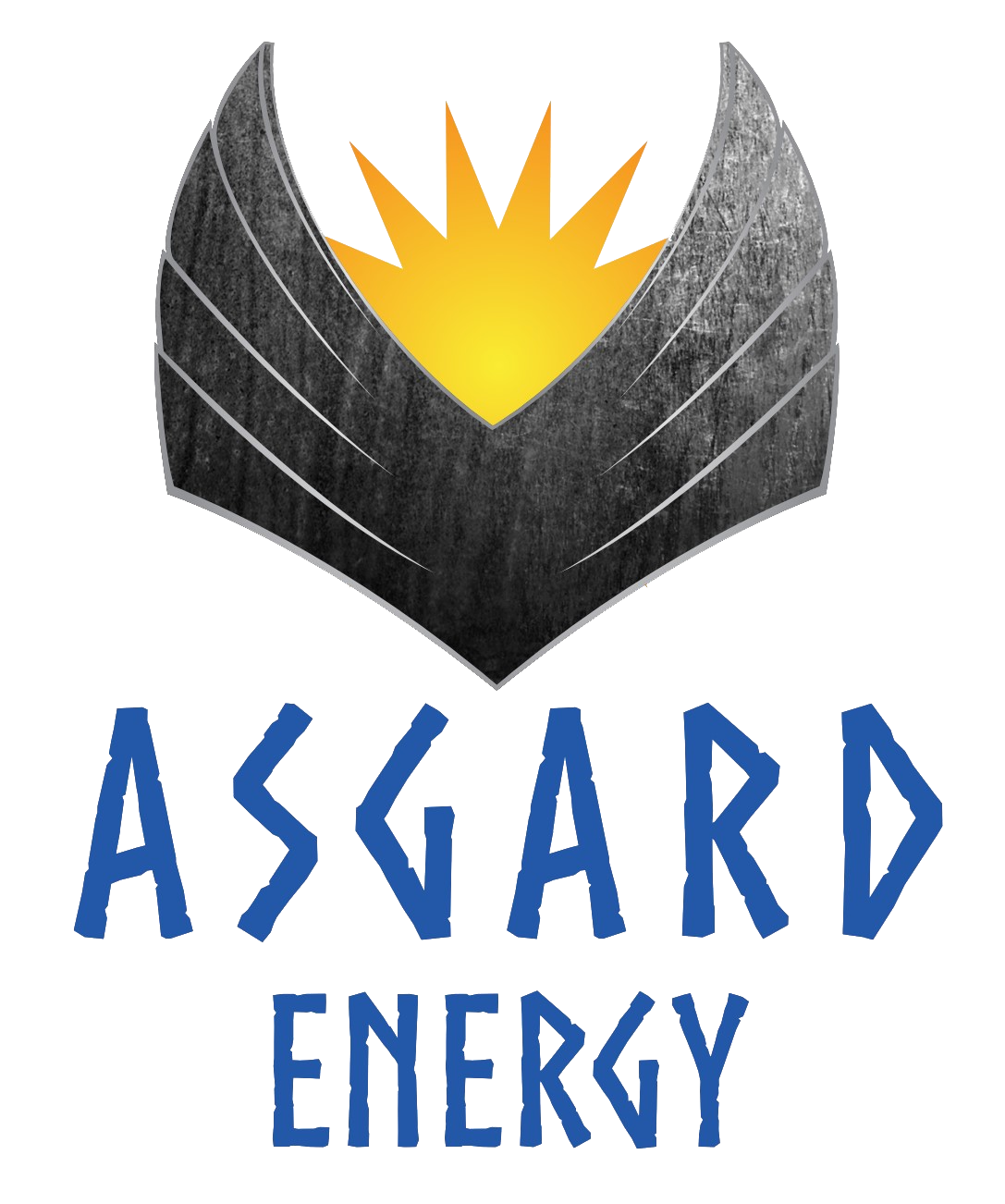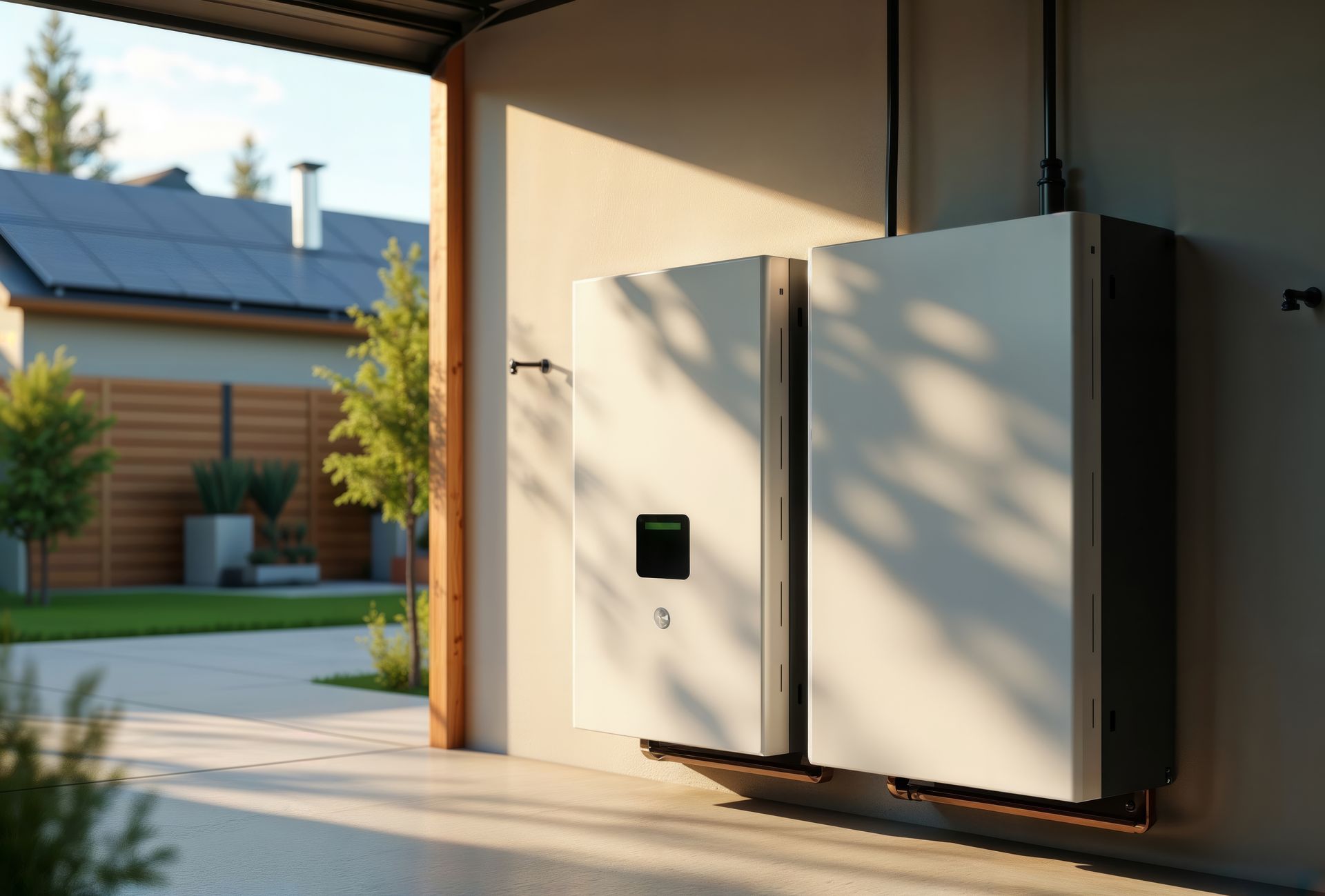Solar Energy 101: A Beginner’s Guide to Harnessing the Sun's Power
As solar energy becomes increasingly popular, more people are curious about how it works and whether it's the right choice for their homes. This beginner's guide will demystify solar energy, explaining how solar panels work, the installation process, and the benefits of switching to solar power.
1. How Solar Panels Work:
Solar panels comprise many solar cells at the core of solar technology. These cells are usually made from silicon, which has a property that allows it to absorb sunlight and convert it into electricity. Here’s a simplified breakdown of the process:
- Sunlight hits the solar panel: Solar cells absorb sunlight, and each cell creates an electric field that causes electricity to flow.
- The conversion of sunlight to electricity: The process of converting light (photons) to electricity (voltage) is called the photovoltaic effect.
- From DC to AC: Solar panels generate direct current (DC) electricity. However, most homes and appliances use alternating current (AC), so the DC electricity is passed through an inverter to convert it to usable AC electricity.
- Powering Your Home: Once converted to AC, the electricity routes to your home’s electrical panel and is distributed to power lights, appliances, and other devices.
2. The Installation Process:
Installing solar panels involves several key steps:
- Initial Consultation: Typically, the process begins with a consultation, where a solar provider assesses your home’s viability for solar, considering factors like roof space, orientation, and shading.
- Design and Engineering: Once you decide to proceed, engineers design a solar system tailored to your home's specifications and energy needs.
- Permits and Paperwork: Solar installations require various permits and paperwork, which your solar provider will handle. These may include local building permits and applications for available incentives or rebates.
- Installation: The actual installation is often completed in a few days. It includes mounting the solar panels on your roof and installing the inverter and other necessary equipment.
- Inspection and Connection: A local government or utility representative will inspect the system after installation. Once it passes inspection, it’s connected to the grid, and you’re set to start generating solar power.
3. Benefits of Switching to Solar Power:
Switching to solar power offers numerous benefits:
- Reduced Electricity Bills: Solar power can significantly reduce or even eliminate your monthly electricity bills, as you’ll generate your own energy.
- Increase in Property Value: Homes with solar energy systems often see an increase in property value, making it a wise investment.
- Environmental Impact: Solar energy is clean and renewable, reducing your carbon footprint and contributing to a reduction in greenhouse gas emissions.
- Energy Independence: By generating energy, you reduce dependence on traditional power sources and protect yourself against energy price volatility.
- Incentives and Rebates: Many governments offer incentives, rebates, or tax breaks to offset the initial costs of solar panel installations.
Solar energy is a powerful, sustainable, and increasingly cost-effective option for powering your home. By understanding how solar panels work, the installation process, and the benefits they offer, you can decide whether solar power is right for you. With its numerous advantages, solar energy is more than just a trend; it's a long-term solution for reducing energy costs and promoting a healthier environment.
Ready to Explore Solar Solutions?
If you’re considering solar power for your home, contact Asgard Energy today. Our team of experts is ready to guide you every step of the way, from initial consultation to final installation, ensuring you get the most out of your solar investment. Let us help you harness the sun's power and enjoy cleaner, more sustainable energy.




